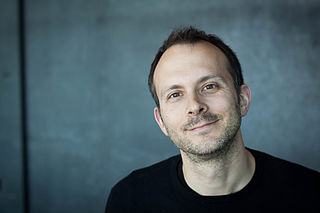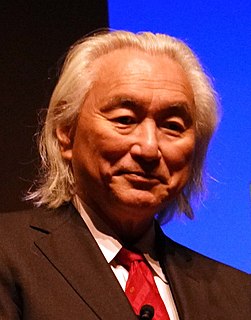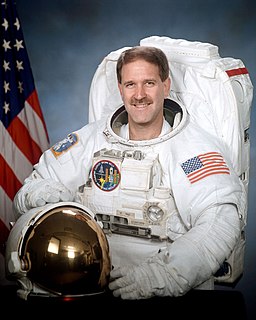A Quote by Carolyn Porco
Voyager found Saturn to be a planet with a complex interior, atmosphere, and magnetosphere. In its rings - a vast, gleaming disk of icy rubble - the mission recorded signs of the same physical mechanisms that were key in configuring the early solar system and similar disks of material around other stars.
Related Quotes
The phrase 'contrary to all expectations' rings through the story of the progress of human knowledge. It was 'contrary to all expectations' that the Earth was found to revolve around the sun, and not the other way round, and that a mould growing in one of Dr. Alexander Fleming's dishes was found to be capable of destroying bacteria. When in 1989 the spacecraft Voyager 2 got close enough to the planet Naptune to take detailed pictures of the surface, they were 'contrary to all expectations'.
The Saturn system is a rich planetary system. It offers mystery, scientific insight, and obviously splendour beyond compare, and the investigation of this system has enormous cosmic reach... just studying the rings alone, we stand to learn a lot about the discs of stars and gas that we call the spiral galaxies.
I don't think Brian Cox does 'The Wonders of the Solar System' because he believes the world would be a better place if people understood about the rings of Saturn; I just think he finds physics extremely interesting. It brings him joy, and he wants to spread the love. I feel the same about economics.
as a physician I examine the dying planet as I do a dying patient. The earth has a natural system of interacting homeostatic mechanisms similar to the human body's. If one system is diseased, like the ozone layer, then other systems develop abnormalities in function - the crops will die, the plankton will be damaged, and the eyes of all creatures on the planet will become diseased and vision impaired.
The stars associated with the solar system, such as the planets and asteroids (and it should be remembered that the term star in Biblical usage applies to any heavenly body other than the sun and moon) would be particularly likely to be involved, in the view of the heavy concentration of angels, both bad and evil, around the planet Earth.
Cassini was an international undertaking, led by NASA and the European Space Agency and designed to be, in every dimension, a dramatic advance over Voyager. At the size of a school bus, it was bigger than Voyager and outfitted with the most sophisticated scientific instruments ever carried into the outer solar system.





























